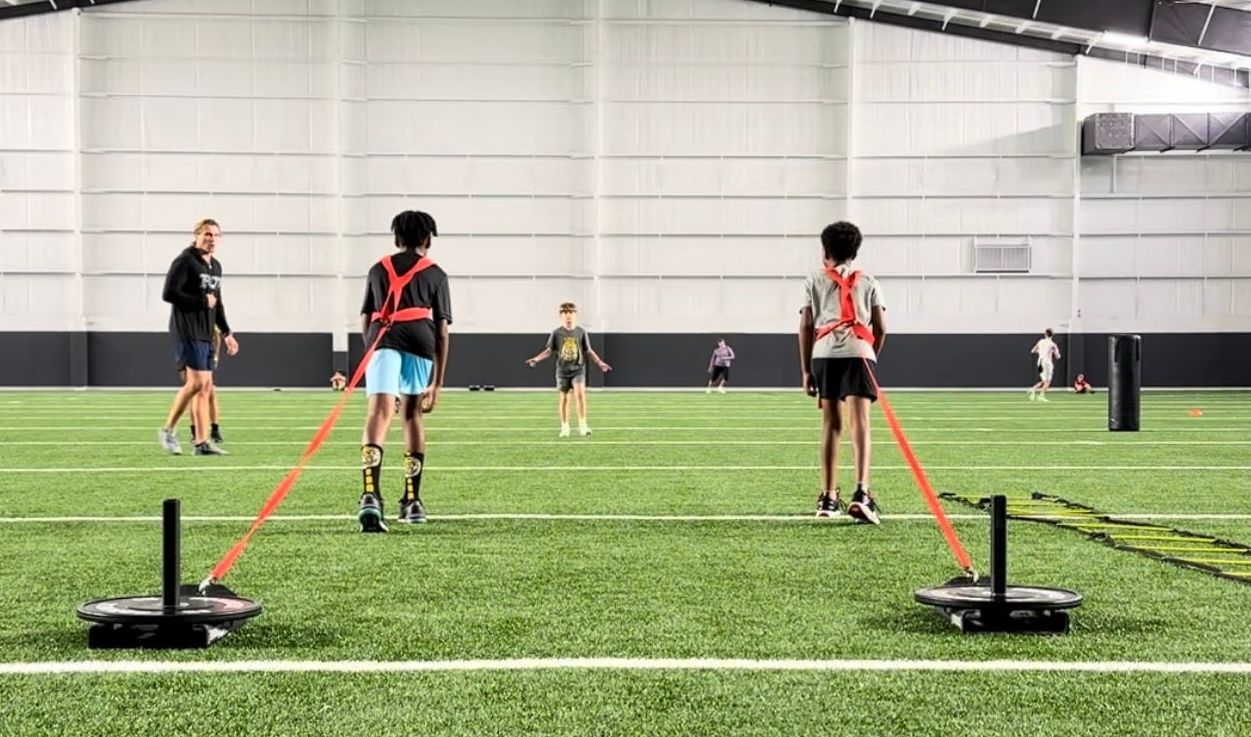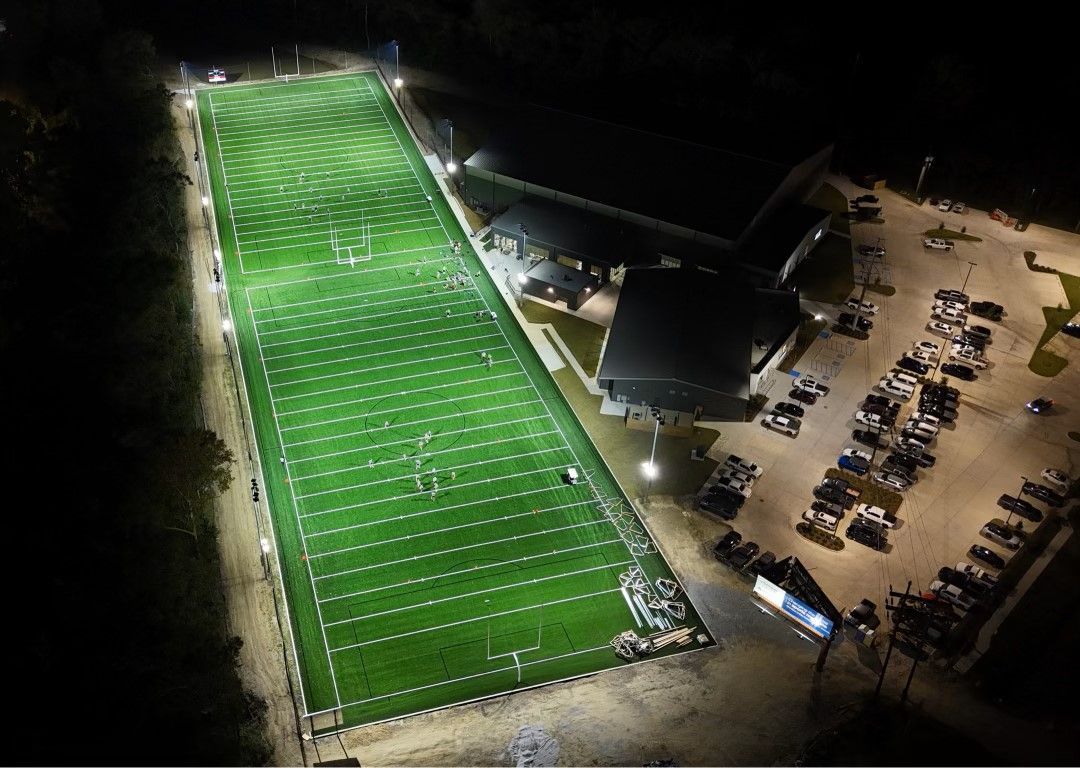What Sports Camp Can Do for Your Kids
Are you looking for a way to keep your kids active during the summer months? Want to teach them discipline and instill a strong work ethic? Simply hoping to get them out of your hair for a week or two? Sports camp can do all this and more.
Sports camp does just what it says on the tin – it gives kids training in a sport of their choice. You can choose a day sports camp or a sleep-away camp, and your kids can attend for one week or several. But no matter what sport your kids choose or what camp format you ultimately go with, sports camp can do so much to keep your kids active, help them make new friends and develop social skills, teach them discipline and responsibility, and even help them advance in their professional sports careers if that’s what they want.
It’ll Keep Kids Active and Promote Good Physical and Mental Health
Source: smapse
Lots of kids these days would prefer to spend most or all of their free time glued to a screen. And while Netflix, YouTube, video games, and social media have their place, there’s nothing like some good, old-fashioned fresh air and exercise to keep kids fit and healthy inside and out.
During the school year, you can count on physical education and school sports teams to keep kids active, but in the summer months, you have to take the initiative to make sure your kids are getting enough exercise. Family outings for hiking, swimming, cycling, and other activities are a good start, but sports camp is another great way to make sure kids stay active throughout the summer. Sports camps get kids outdoors and get them involved in the sports they love. They’ll build athletic skills and confidence, too, while enjoying social time, all of which can boost self-esteem and improve mental health.
Sports Camp Helps Kids Develop Social Skills
Source: sars.org.rs
Part of preparing your children for adulthood involves making sure they know how to interact with other people. At sports camp, even kids who aren’t popular with their classmates at home have the opportunity to make new friends and learn new ways of interacting. Sometimes, kids who are stuck in a rut at home need the chance to break out physically in order to break out emotionally and mentally.
Often, kids at sports camp find that they’re really on the same wavelength with their fellow campers in ways that they aren’t with peers back home, and training together reinforces those bonds, teaching kids teamwork, communication, and acceptance. At camp, your child will be more likely to meet kids from very different cultural backgrounds, which can broaden horizons, teach new perspectives, and help your child learn to respect and value difference.
Sports Training Teaches Kids Life Skills
Source: tbarm.org
While the specialized athletic training your child receives at sports camp will definitely make him or her a better athlete and develop his or her skills in the sport of his or her choice, athletic training, in general, can impart valuable life lessons. Training teaches kids discipline and instills a work ethic because the progress they make will help them see the value in persevering with a difficult task.
Participating in a sports camp will also teach kids less tangible skills, like resilience and adaptability, creativity, and goal-setting. Kids will face and surmount challenges, learn to dream, and start to achieve those dreams. These are skills that will see your kids succeed academically when they return to school, and later in their personal relationships and professional lives, too.
Your Kids Will Enjoy Great Networking Opportunities
Source: Bridgeland-Riverside
Whether you click here to send your kids to golf camp or choose another camp that specializes in your child’s preferred sport, enrolling your children in an athletic camp, is taking the first step on a journey that will give your child connections to last a lifetime.
If your son or daughter hopes to pursue a professional career in sports one day, attending sports camps is a great way to network with college coaches and professional athletes. Someday, when your child is looking to join a college sports team, those connections and experiences could pay off.
But that’s not the only way your child could benefit professionally from sports camp. As your child meets other young athletes and forges lifelong friendships at camp, he or she is also networking with the future professionals that can help him or her score that new job, start that dream business, or find that sweet apartment. Sports camp can help your child make and keep connections with like-minded peers all around the country and the world.
They’ll Get the Chance to Pursue a More Niche Sports Interest
Source: Chico Area Recreation
Does your child’s school offer him or her the opportunity to train in and play the sport he or she is most interested in? Are there any youth leagues your kid can join, or good local facilities where he or she can train? If your kid plays a more popular sport, like basketball, baseball, football, or golf, then he or she probably has plenty of opportunities at home.
But for kids who are interested in a more niche sport – like, for example, fencing or archery – sports camp might present opportunities to train, and meet like-minded peers, that simply aren’t present in all communities. Kids from rural areas and small towns relish training opportunities that may not always be available at home, and kids from urban areas enjoy the opportunity to get out of town for fresh air and exercise at a sports camp.
Camp Will Give Them a Narrow Focus on a Favorite Sport
Source: YMCA of Long Island
Even if your child plays a popular sport and has access to a school team, youth league, and great local facilities, going to a sports camp will let him or her delve deep into studying and training in that sport. Your child will spend the time at camp focused on developing the form and technique of his or her preferred sport, in an environment that allows for more intensive learning than regular sports practices. With individual attention from professional athletes and coaches, your child will deepen and strengthen his or her skills in a chosen sport, and the new bonds of friendship and camaraderie he or she forms will reinvigorate his or her love for that sport.
If you’re interested in fostering your child’s physical, intellectual, emotional, and social growth, you can’t go wrong with a sports camp. Whether it’s one week or six, day camp or sleep-away sports camp can leave kids with greater confidence, more skills, and the creativity, resilience, and self-esteem they need to rise to any challenge – athletic or otherwise.
Read more about this article here:
What Sports Camp Can Do for Your Kids - FotoLog


5414 Burbank Dr. Baton Rouge, LA 70820
info@elitetrainingacademybr.com
Main Phone - 225-308-6017
Mon - Sun: By Appointment Only
Elite Training Academy


